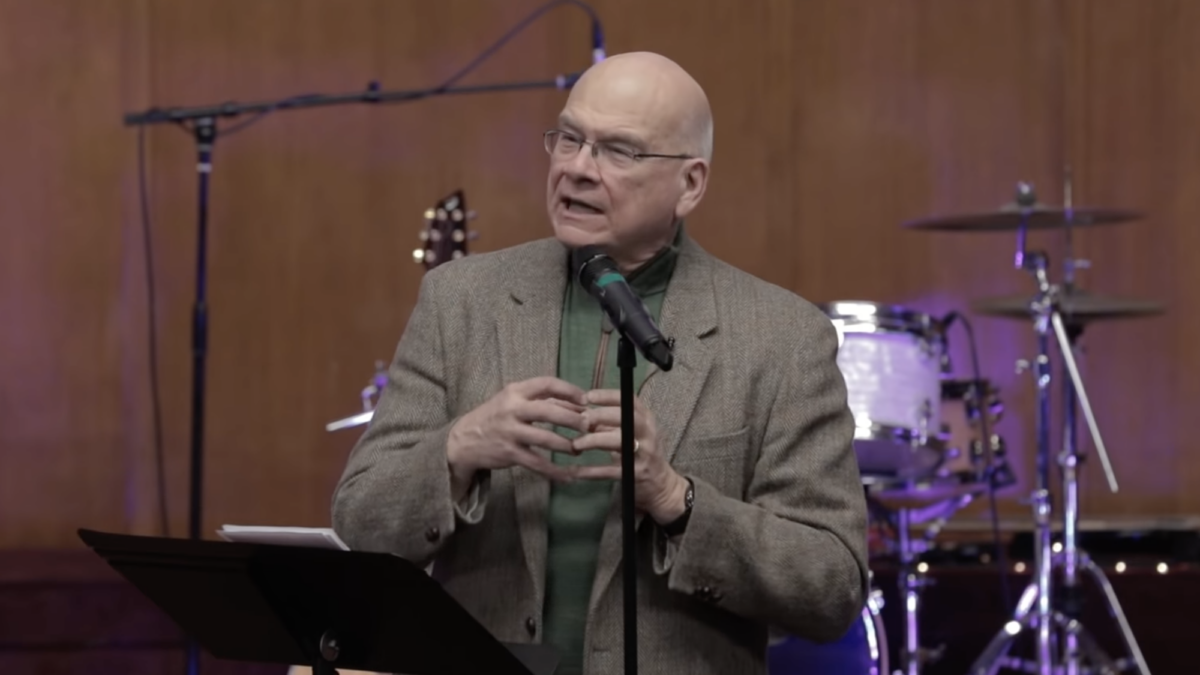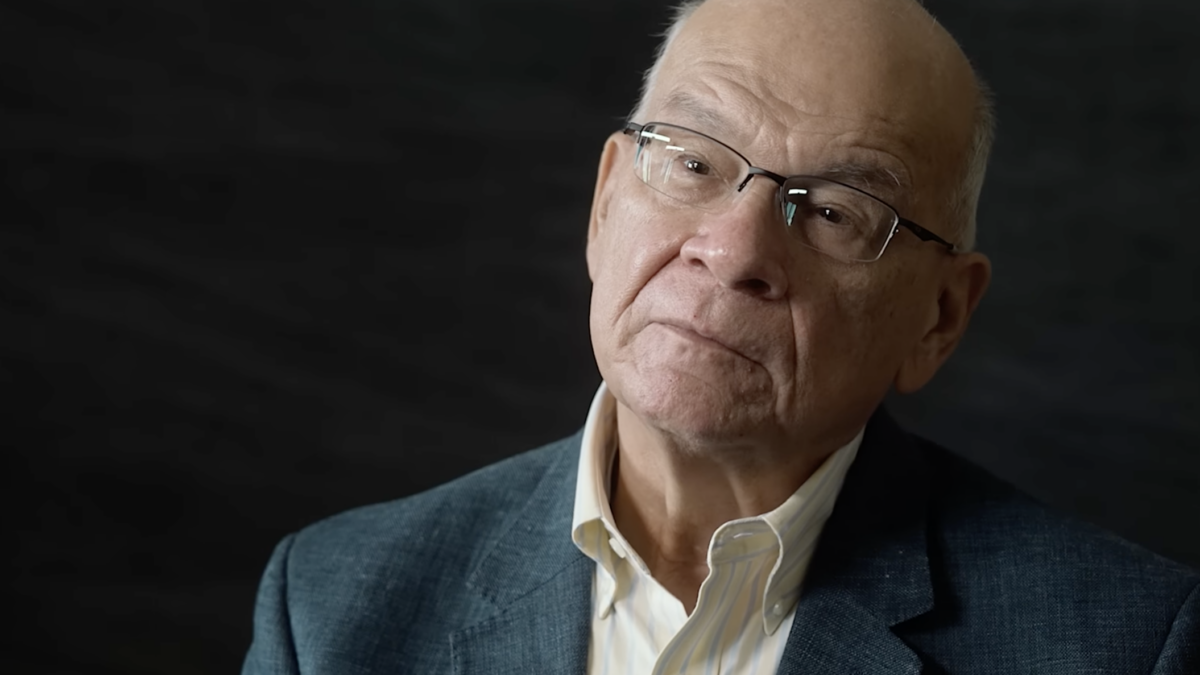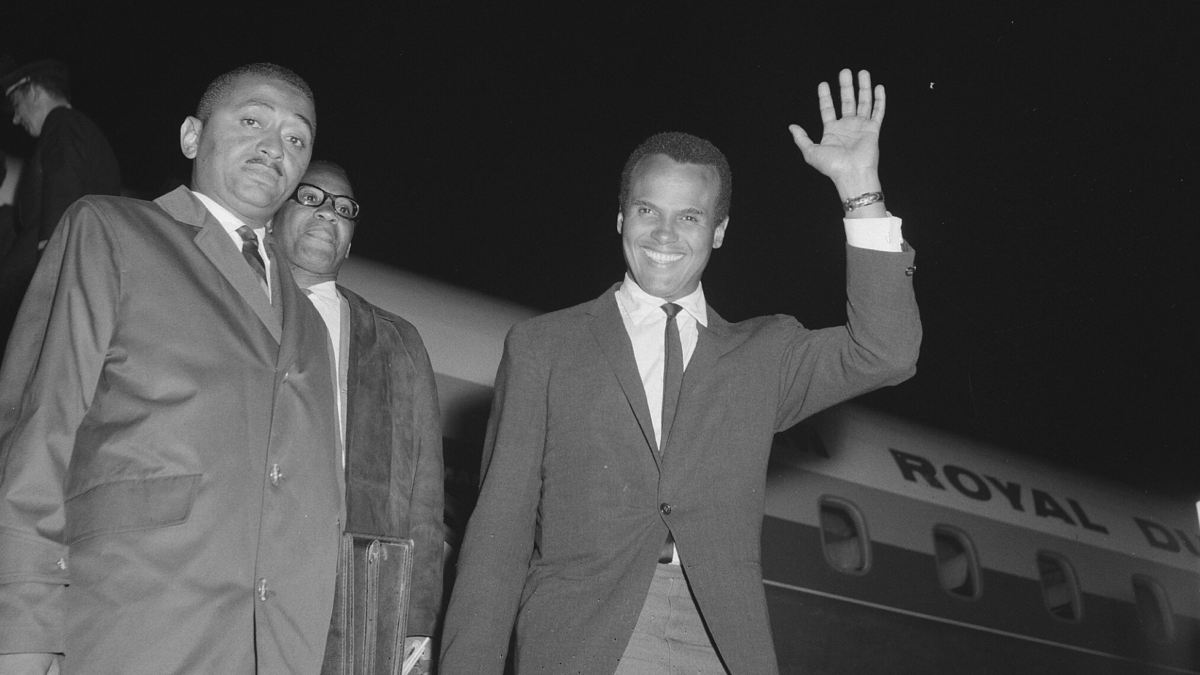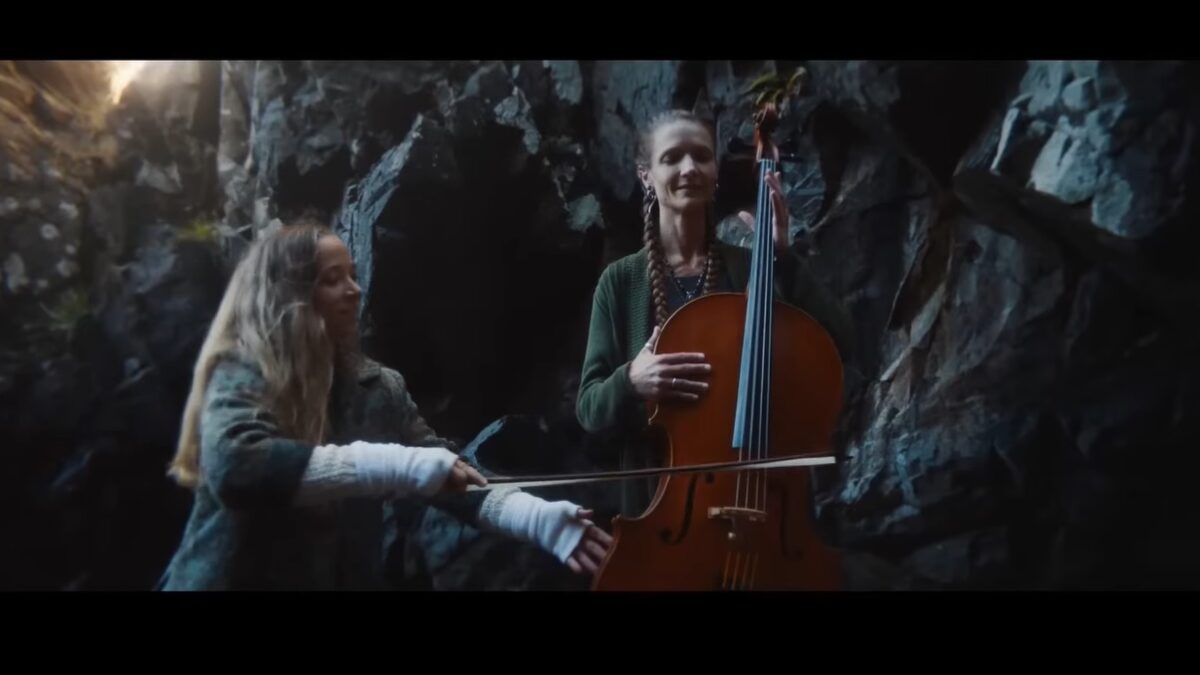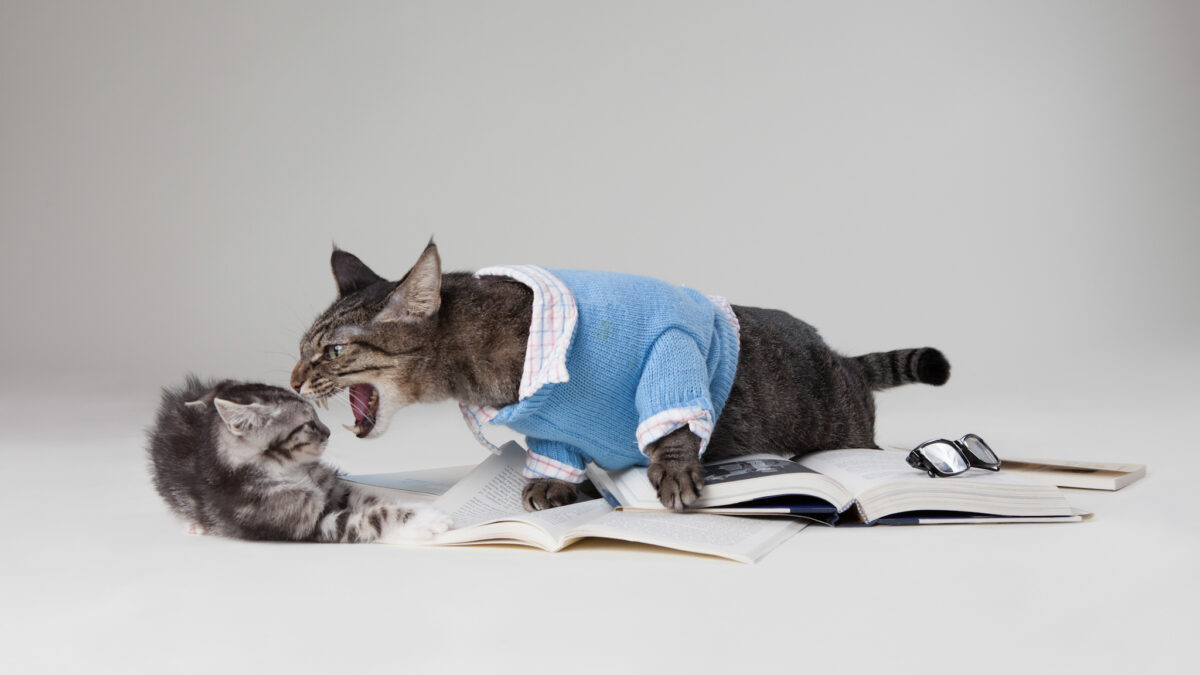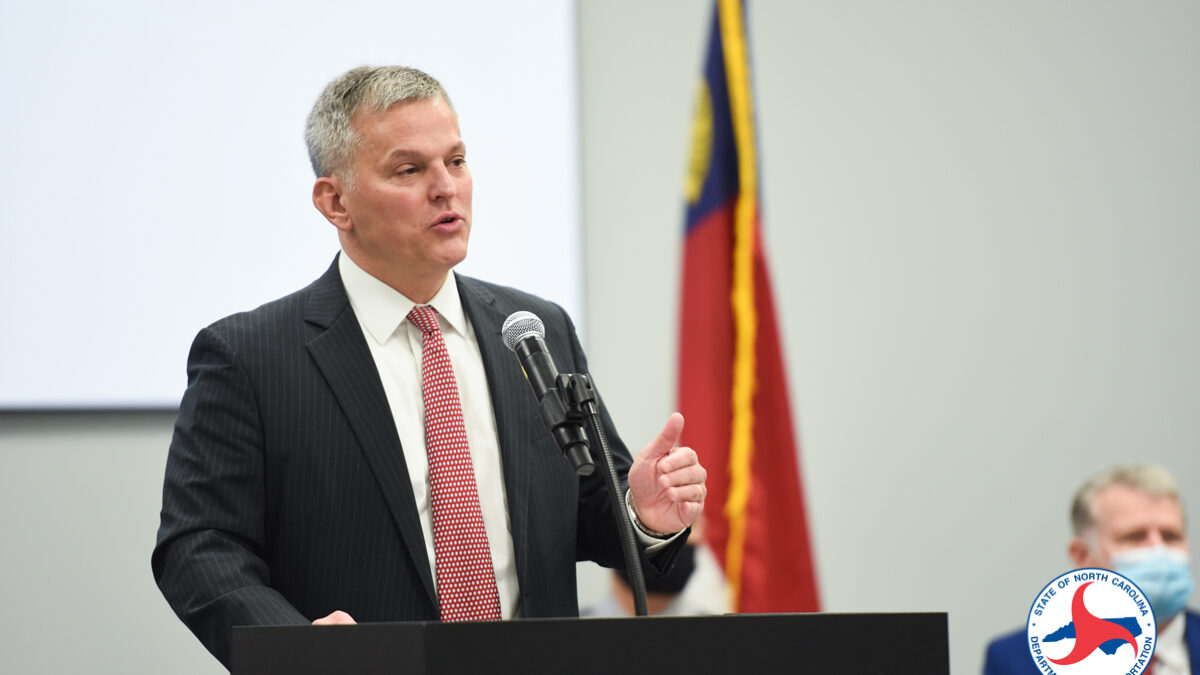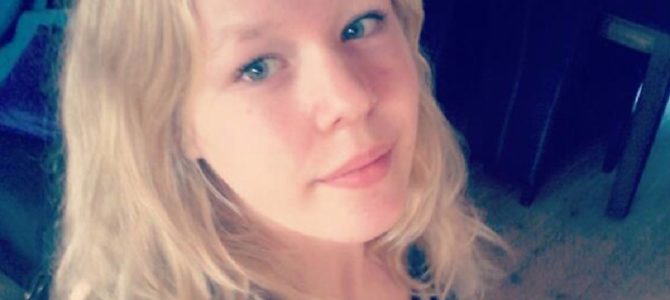
It’s the kind of thing you want to be a hoax. To a certain extent, it was. In a horrible game of “broken telephone,” it was widely reported that the Netherlands had allowed the assisted suicide of a physically healthy, 17-year-old girl suffering from post-traumatic stress disorder (PTSD). In fact, Noa Pothoven did not die at the hands of her doctor, but at her own. She made her intentions clear to doctors, friends, family, and Instagram. Then she refused to take any food or water, and intentionally let go of her life.
Euthanasia is legal in the Netherlands, and although Noa had expressed interest in receiving it, she was denied. Undeterred, however, she continued to seek to end her short life. Doctors did not intervene in her decision. Parents did not attempt to have her receive treatment and be force-fed. So Pothoven died in her home.
There are not enough adjectives to adequately describe how heartbreaking this is. Pothoven was a minor. Once doctors knew her intention to end her life, they had an obligation to save it. She documented some of her struggles on Instagram and had even written a book. Despite her mental state, and the trauma she had experienced, this was a young woman of amazing promise. Now we will never see how wonderfully that promise could have been fulfilled.
Doctors Should Preserve Life, Not End It
Pothoven was the victim of multiple rapes from different occasions. She badly desired to end her own life as a result of the pain and suffering caused by these heinous crimes.
In the Netherlands, the number of teens who take their own lives is on the rise. While fewer crimes are being committed overall in the Netherlands, there is an increase in sex crimes. Doctors are supposed to be in the business of saving a life, not destroying it. If all those who are raped or sexually victimized can opt for death, and doctors uphold their wishes, there will be femicide of horrendous proportions.
Life is a gift. It is fragile and beautiful, no matter how painful it can be at times. Lately, however, human beings seem ever more bent on destroying it.
Sadly, there will always be people who choose death over life if they believe the pain of living is too great. This will be the case no matter the state of culture. It is, however, disturbing and upsetting to find wealthy nations like the Netherlands that advocate for death and allow for physician-assisted suicide.
Western Society Must Place a Higher Value on Life
Suicide, whether at one’s own hands or with the assistance of another, is considered a viable and logical option in far too many nations now. There are circumstances in these cultures where opting for death is considered the acceptable, rational solution. When young people are immersed in that type of a life-denying culture, the jump some take from placing the highest value on life to devaluing it is shorter than in a culture that holds up life as sacred.
People took advantage of Pothoven in childhood. They made her feel that life was not worth living. She went on to write a book, and still came up with the idea that it wasn’t worth carrying on. Noa struggled with eating disorders and depression, and was constantly told by the culture she grew up in that the decision to end one’s own life was an ethical, personal choice.
Yet the taking of human life should not be treated cavalierly, even in the slightest. There is something worthwhile in believing life to be a sacred gift and evidence of a great love that should not be willingly destroyed.
The Netherlands does not have capital punishment. It is a culture that does not believe in state-sanctioned murder even for the most violent offenders, and one can make the argument that that is a civilized perspective to hold. So there is a bizarre dissonance in the fact that the Netherlands believes that not intervening in the stated, intentional suicide of a totally innocent person is okay.
We Are a Culture of Death
What happened to Pothoven cannot definitionally be called euthanasia because it was essentially a slow-motion suicide, performed with the passive acquiescence of her caregivers. So many questions have been raised about these circumstances. There is now a growing debate over whether watching a person kill herself is euthanasia, or if this kind of suicide, without medical intervention, would be allowable in the United States.
Countless news outlets around the world picked up the story incorrectly and ran with it, not reaching out to Dutch journalists, until Politico Europe reporter Naomi O’Leary set the record straight. That this happened is concerning, but not the fundamental issue. People have also wanted to know who Pothoven’s rapists are, and what kind of punishment they have received for their crimes. Those are all valid questions, but they are not the crux of the matter.
The substance of this case, and why it captured the imaginations of so many, is that we are living in a culture of death. What happened to Pothoven is exactly what those who advocate for life feared when euthanasia became acceptable, legal practice. They rightly feared that not only would those who have terminal illnesses be allowed to end their lives with full government and cultural support, but that those who suffer from mental illness, debilitating depression, or PTSD would have medical and legal rights to suicide as well.
What do we think of life when a healthy young girl believes, in her suffering, that best way forward is not going forward at all? What does it say about our value of life when a decision like Noa’s gets approval through the non-interference of doctors, parents, and government? Is there any life that’s worth living?
Life Is Worth Cherishing, Not Throwing Away
At 17 we think we know what life is really like. As we grow up, we realize that life wasn’t what we expected it to be at all. The emotional intensity of youth changes into something more like acceptance or even a sense of peace with the trauma we’ve suffered.
Enduring adolescence is difficult enough without government legitimizing suicide. Pothoven had sought suicide before, and she not the only youth to do so. But, unlike the rest of us, she will never have the chance to rejoice in the reality that lives can be made whole again. Hope, peace, and beauty always have the chance to arise out of our past sorrows.
Life is full of obstacles. But for every person who suffers abuse and deems her mistreatment a reasonable reason to end things, there will be many who find lesser reasons to toss in the towel. But we only get one life to live. We must place the highest possible value on life because it is a positive factor. It perpetuates itself, leading to more life.
There is no value to death. Death is not a step in the human journey, it is the ceasing of the journey. There is nothing to weigh when comparing death against life. Life is existence, consciousness, understanding, and humanity. Death is the absence of all those things. It cannot be to each of us to make the choice when we die; suicide is never an acceptable alternative to life.
If Pothoven had taken her own life behind closed doors, it would have been tragic enough. But it is more heartbreaking that what took place was, at least on a level of non-interference, acceptable in the eyes of those who ought to claim to be her protectors.
As humanity becomes more affluent, as we solve more of our problems, we are turning a cold eye on ourselves. We have come to think we are a flaw, aberration or splinter that must be plucked out. We are not. We don’t need our self-loathing or our pity, we need our own love.


